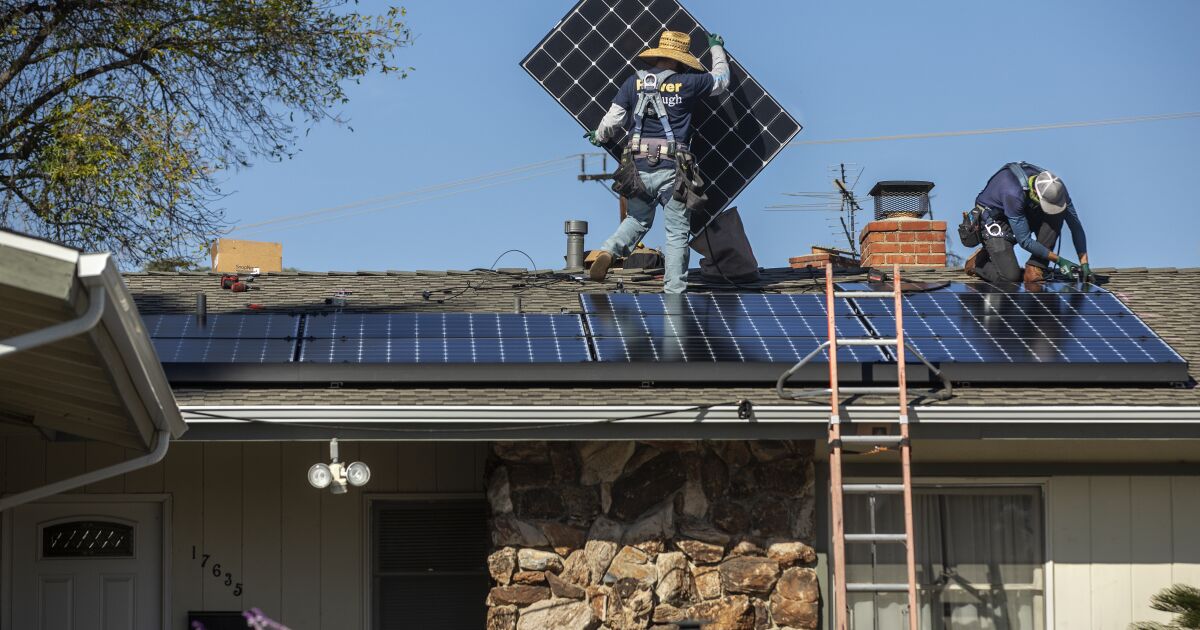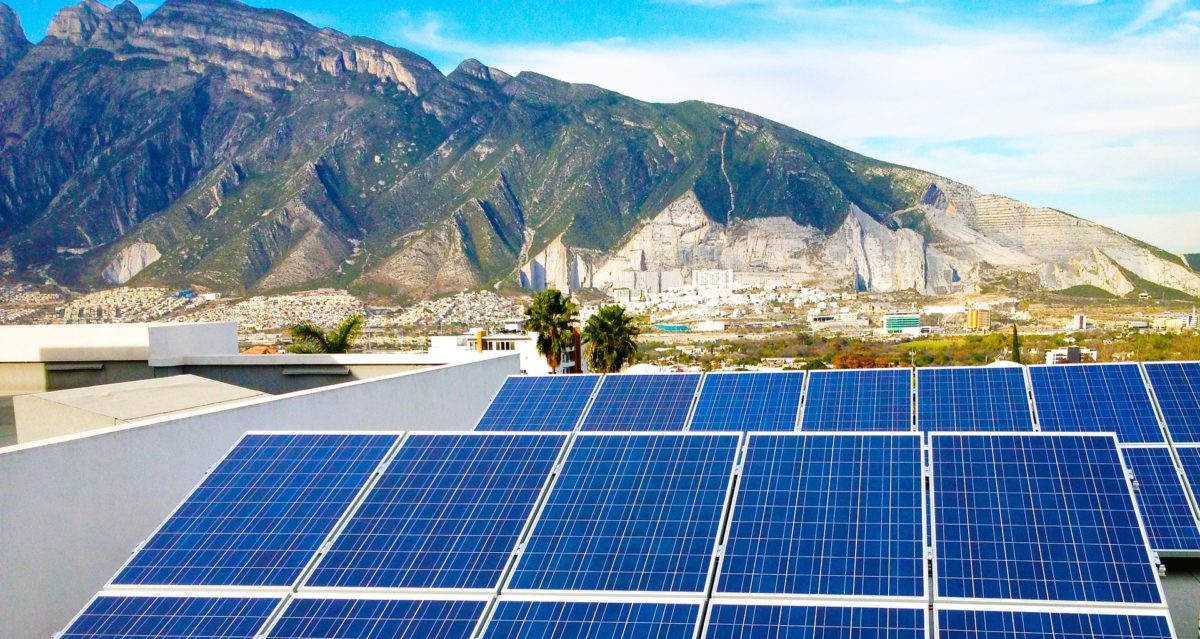Of course! But you
only get that while your total kWh export during the year is less than your total import. If you export more, you only get credited at wholesale price.
It really is not compensation, but only a credit against debits you incur in other months' bills. Does that help clarify it?
When you export less than you import through the year, you are not supplying any
net kWh to the grid, you are a net consumer. You are not exporting and "selling" any to PG&E for retail that you didn't buy from them at retail. While it may be true at some moments, your total exports did not reduce the total amount which they needed to generate or buy elsewhere. You are not a net seller of electricity. You didn't make any money on your exports, You only got credited for what you paid for. Over the course of the year, PG&E does not loose any money or any revenue on your exports.
What they credit you at retail only offsets what they billed you for, no more.
If you export more than you import, you get actually do get paid, but only at wholesale price.
The
NEM2 schedule is what sets the limit on credits, clear as mud, starting on page 20, Special Condition 5. It says you only get average wholesale price for any net surplus electricity, defined as generation which exceeds your consumption. (In this context, generation means export, and consumption means import because PG&E has no idea how much solar you use yourself because that does not go through their meter or wires.)
NET SURPLUS ELECTRICITY COMPENSATION (NSC):
Pursuant to P.U. Code Sections 2827 (h)(4)(A), this Special Condition was established to provide a NEM customer having Net Surplus Electricity,
(defined as all electricity generated by an eligible customer measured in kilowatt-hours over a Relevant Period – as defined in Special Condition 2.h of this tariff – that exceeds the amount of electricity consumed by that eligible customer), with Net Surplus Electricity Compensation (NSC) for the Net Surplus Electricity, while leaving other ratepayers unaffected. A NEM2 customer who has Net Surplus Electricity will be known as a Net Surplus Generator.
...
b. The NSC Rate – The NSC Rate is defined as the simple rolling average of PG&E’s default load aggregation point (DLAP) price from 7 a.m. to 5 p.m., for a 12-month period. PG&E shall use the NSC Rate as the value of the electricity portion of its net surplus compensation rate.
One year, long ago, I did actually export more than I imported, something like 100 kWh over the whole year. I actually got a check from PG&E for around $4.
Time of Use pricing does add some interesting wrinkles, but that is whole other can of worms.
You are reminding me of that poster behind Fox Mulder's desk... ;-)
Seriously, though, NEM is complicated, and there is nothing in the bills to clarify or explain. Too clever by half, the brits would say. But via the complexity, NEM is revenue neutral for utilities. Solar, on the other hand, is not revenue neutral because, like conservation, consumer solar does directly reduce utility revenue. But NEM (and it's strange bill credits) is not what causes the reduction.
I'm not asking you to trust me, I'm just trying to help you understand how NEM manages to do this, in spite of the obvious appearing excessive "compensation" you are seeing on your bills.
SW
View attachment 876328






